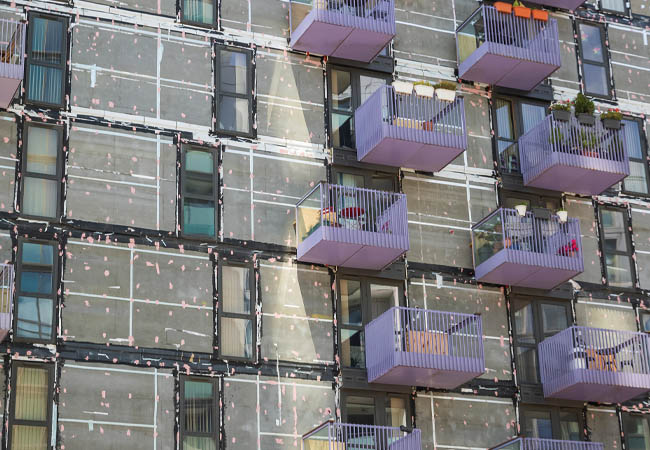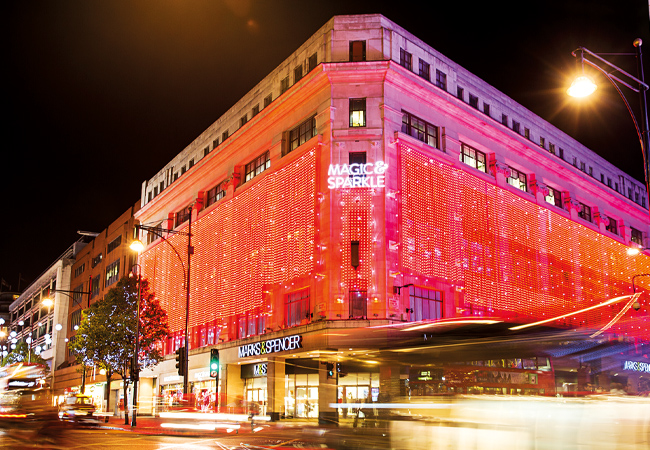
Most LED lamps do not nourish the human body’s mitochondria, which are crucial for health, according to research, which has yet to be published, by UCL .
The findings, which emerged in a report in RIBA Journal, show that mitochondria are highly sensitive to the wavelength of light.
Researchers state that most of the white LEDs that have proliferated as a source of lower emissions lighting are dominant in the blue part of the light spectrum. However, they are lacking in the longer-wavelength near infrared (NIR) part of the spectrum. Researchers say the body’s transparency to the red part of the spectrum means this is able to penetrate and nourish mitochondria in the cells beneath the skin.
Emeritus professor Robert Fosbury, of the UCL Institute of Ophthalmology, told RIBA Journal that more NIR light can be introduced into buildings by adding windows and positioning green vegetation outside of windows. In addition, white lamps must be developed with reduced blue content.
Hoare Lea project director and past SLL President Ruth Kelly Wascott MCIBSE FSLL said: ‘This would only be a risk if someone spends all their time in an artificially lit environment. This seems like another reminder of the importance of exposure to natural light as part of a healthy lifestyle.’




